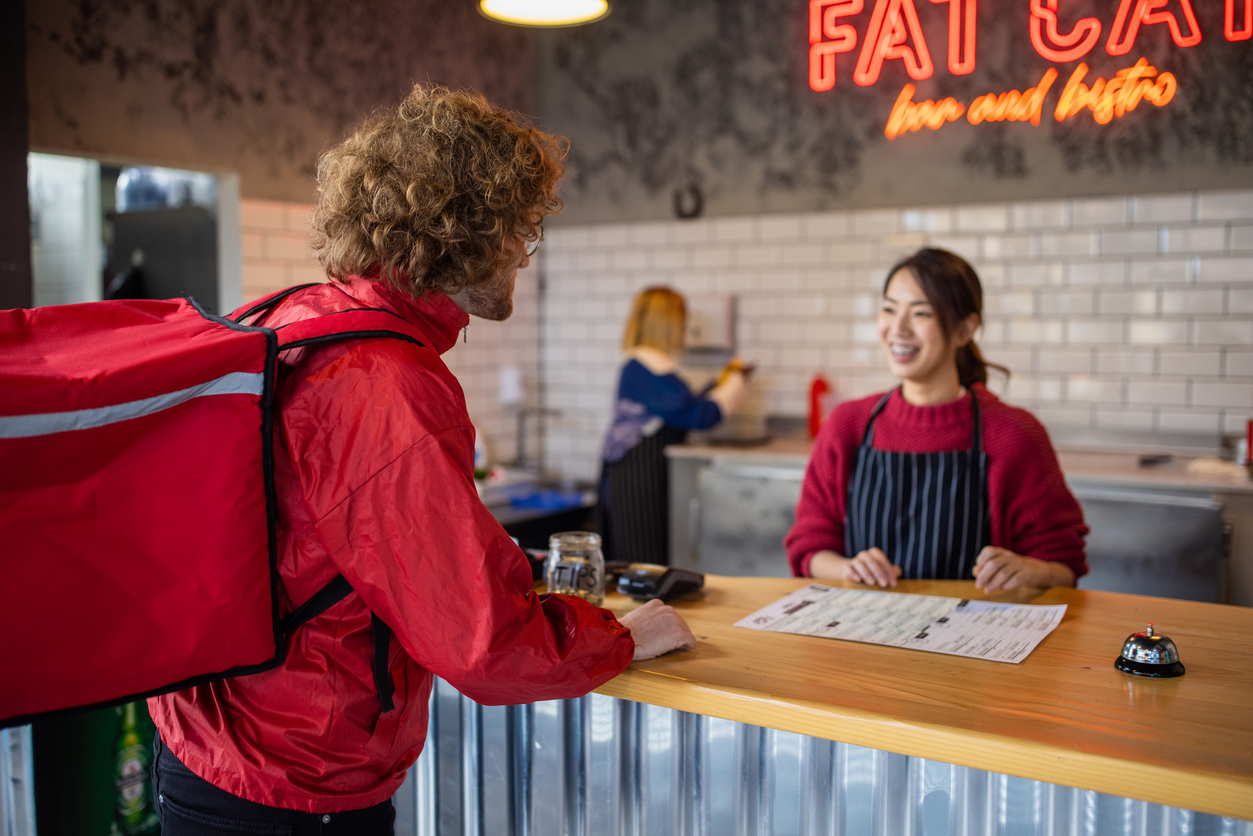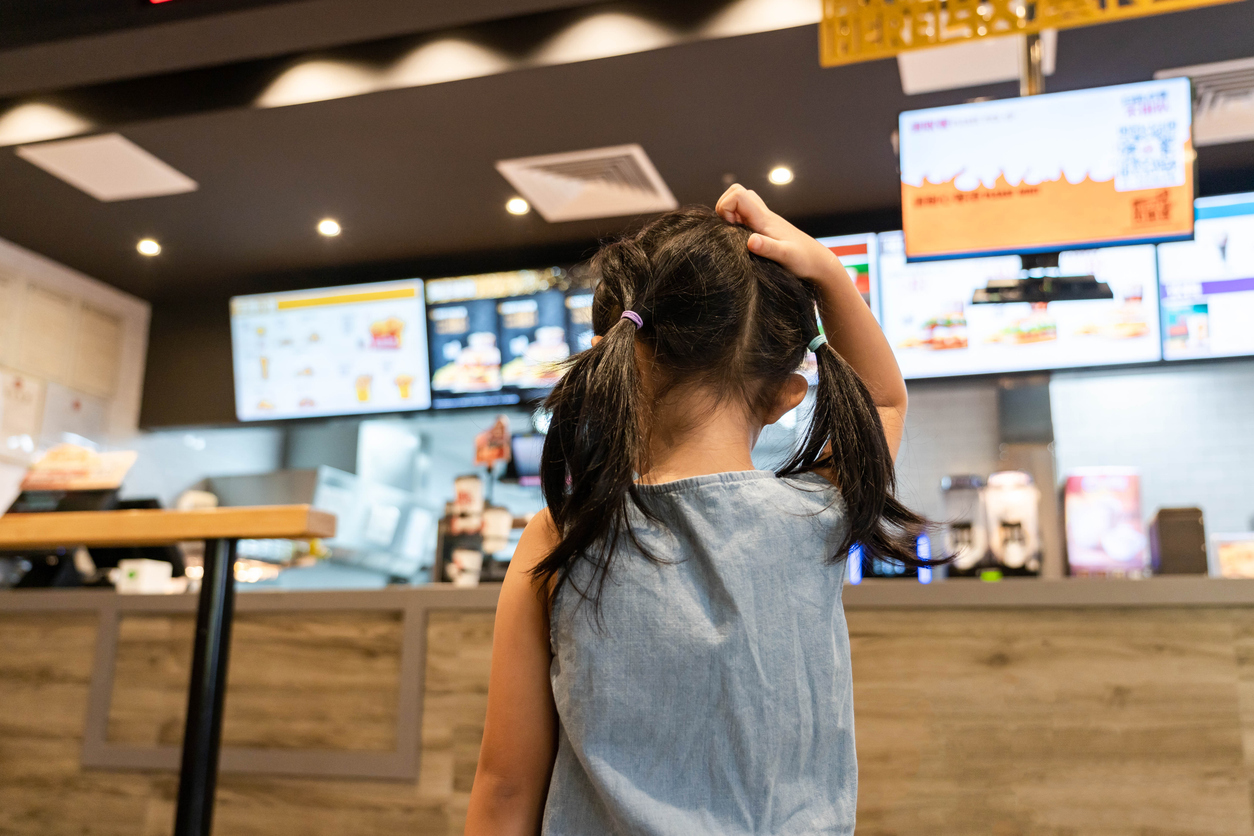Popular online food ordering apps such as Grubhub and DoorDash employ ranking algorithms to compare restaurants and highlight their selected top options to their active users. Because of this, it is crucial for restaurant owners to understand the metrics utilized to evaluate a restaurant and rank it in the app in relation to its competitors.
Enhancing metrics like conversion rate, average order value, and average rating is crucial for elevating your restaurant's position within the app. However, gaining a comprehensive understanding of how these algorithms operate is paramount in order to effectively improve these metrics and capitalize on the advantages of attaining a high-ranking status on food delivery apps.
Understand How the Algorithm Works
The basics of food delivery platform algorithms
The algorithms employed by food delivery apps are purposefully designed to deliver an optimal customer experience and foster trust in the platform. By ensuring that users have access to the finest dining options, these algorithms contribute to an enhanced overall experience on the app.
For instance, Uber Eats uses a complex algorithm that considers multiple factors, including restaurant availability, proximity to customers, customer ratings, and restaurant ratings. Based on these considerations, the algorithm assigns a ranking to each restaurant, directly influencing its visibility within the platform.
How ratings, reviews, and completion rates affect your ranking
Favorable ratings and positive reviews serve as indicators to the algorithm, signaling that a restaurant is esteemed and offers excellent food and service. Similarly, a high completion rate signifies that the restaurant promptly accepts and fulfills orders.
DoorDash’s rating system allows customers to rate restaurants on a scale of 1 to 5 stars, reflecting their personal experiences. Naturally, restaurants with higher ratings showcase superior customer satisfaction, granting them increased visibility on the platform.
How to maximize these factors to improve your ranking
Apart from food quality, there are several other factors that can influence a restaurant's ratings on the platform. These include order accuracy, customization options, reliable packaging, and the inclusion of items like cutlery or condiments.
By prioritizing these aspects, restaurants can enhance their rankings and attain a competitive edge within the fiercely competitive food industry. By delivering exceptional experiences that encompass all these elements, restaurants can differentiate themselves and excel in the online food ordering landscape.
Optimize Your Menu
The importance of an optimized menu
According to a survey by Toast, 82% of customers say they are more likely to order from a restaurant with a well-optimized menu. Streamlining your menu not only makes it easier for customers to navigate but also allows you to focus on your best-selling items, which helps increase efficiency and reduce costs.
How to analyze your menu and identify areas for improvement
Begin by analyzing your sales data to identify your best-selling items. This will provide valuable insights into customer preferences and help you streamline your menu. Consider removing items that have low sales to simplify your offerings and focus on your most popular choices.
Furthermore, it's essential to evaluate how well your menu items fare during delivery. Some dishes may not withstand the travel time and conditions effectively. Take the opportunity to experiment with different packaging options to ensure that your menu items maintain their quality and presentation upon arrival.
By optimizing your menu and packaging based on sales data and delivery considerations, you can enhance the overall customer experience and maximize satisfaction with your food offerings, ultimately contributing to improved performance and competitiveness in the online food ordering market.
Tips for designing a menu that appeals to customers and the algorithm
- Enhance your core cuisine by complementing it with suitable side dishes
- Organize your menu into categorized sections for easy navigation and clarity
- Cater to customers with food allergies and dietary restrictions by providing clear information about ingredients and offering suitable options
- Enhance visual appeal by including appetizing images of your dishes in the menu
- Boost customer engagement by offering enticing deals and promotions to attract and retain customers
- Optimize your menu descriptions by incorporating popular keywords and phrases that resonate with your target audience
- Highlight popular options for online ordering in a dedicated section to streamline the ordering process.
- Craft clear and concise menu descriptions that accurately convey the ingredients, flavors, and preparation methods of each dish
- Develop a separate menu featuring items specifically designed to travel well, ensuring a delightful dining experience for delivery and takeout orders
Use High-Quality Photos
If the majority of your online food ordering audience comprises Gen Z and millennials, a generation highly influenced by visual content. It is crucial to recognize that captivating images have the power to entice them to select a specific meal while providing a clear idea of what to expect.
When selecting images for your menu, focus on visually appealing representations of your dishes that showcase their key attributes. Strive to create an enticing visual experience that sparks interest and drives engagement, ultimately encouraging these tech-savvy generations to choose your offerings.
By leveraging the influence of images, you can effectively capture the attention of Gen Z and millennials, enhancing their online ordering experience and boosting the overall success of your food business.
Studies show that over 60% of customers say that photos are the most important factor when deciding to make a food order. High-quality food photos not only attract customers but can also increase sales, with one study showing that restaurants that added photos to their menus saw an average increase of 30% in orders.
How to Take Great Photos
- Opt for natural light, as it gives your photos a more authentic look
- Style your food by arranging it in an aesthetically pleasing manner
- A plain background can help make your food stand out in the photo
- Zoom in on your food to capture its details and texture
- Use a high-quality camera
Best Practices for Uploading Photos to Delivery Platforms
- Use high-resolution photos to give customers a more accurate representation of your food
- Filters distort the colors and texture of your food, avoid them
- Focus on showcasing your most popular or unique dishes
- Regularly update your photos to accurately reflect your evolving menu and the quality of your food
Encourage Customer Reviews
Why customer reviews are crucial for your ranking
According to a study conducted by BrightLocal, over 90% of consumers between the ages of 18-34 read online reviews before making an order. This trend is particularly relevant for third-party delivery apps, as customers rely on reviews to assess the food quality, the speed of delivery, and the overall experience.
User ratings, reviews, and feedback are ranking metrics in many delivery apps, which often have a “top-rated” category that is prominently displayed in the app. This means that a restaurant with a large number of positive reviews is more likely to attract new customers.
But how can you convince your online customers to give you a review?
How to encourage customers to leave reviews
Many restaurants offer incentives such as discounts, free items, or loyalty points. Several include a call-to-action in their delivery packaging, asking customers to leave a review on the app.
Grubhub runs an interesting customer feedback program called "Perks," where customers can earn rewards for leaving reviews and ratings on participating restaurants. By participating in this program, restaurants can encourage customers to leave positive reviews, which can improve their ranking.
You could also try including (hand-written) notes in your deliveries you could ask happy customers to leave a review or even ask them to make pictures and tag your social media channel(s).
How to respond to reviews
Responding to reviews, both positive and negative, is a crucial part of managing a restaurant's online reputation. When responding to negative reviews, it is important to acknowledge the customer's concerns and offer a solution to the problem.
When responding to positive reviews, restaurants should express their gratitude and thank the customer for their feedback. This can help to build customer loyalty and encourage repeat business.
Deals and Promotions
The benefits of offering deals and promotions on delivery apps
Deals and promotions encourage existing customers to return and try new dishes or revisit their favorites, and also attract new customers. This can lead to increased loyalty and customer retention.
Moreover, offering deals and promotions can help restaurants gain exposure and increase brand awareness. Third-party delivery apps often promote deals and promotions to their users, which can result in increased visibility for the restaurant.
Different types of deals and promotions to try:
- Discount codes: Offer a percentage off the total order or a specific menu item.
- Free items: Offer a free item with a minimum purchase, such as a free appetizer or dessert.
- Bundle deals: Offer a combo deal with a discounted price for multiple items.
- Limited-time offers: Offer a deal or promotion for a specific time period, such as a weekend or holiday special.
- Best practices for implementing deals and promotions
Best practices to keep in mind:
- Set clear goals you want to achieve with your deals and promotions.
- Calculate the costs of offering the deal or promotion.
- Monitor the performance of your deals and promotions to determine their effectiveness.
- Clearly communicate the terms and conditions of the deal or promotion to avoid confusion or disappointment among customers.
- Avoid offering too many deals or promotions, as this can lead to decreased margins and lower brand value.
Monitor Your Metrics
The importance of monitoring your metrics on delivery apps
By tracking your metrics, you can identify areas for improvement and make data-driven decisions that can help you increase your sales and improve your ranking on these platforms.
Which metrics to monitor and how to use them to improve your ranking:
- Order Accuracy measures the percentage of orders that are delivered correctly. A high order accuracy rate helps build customer trust and loyalty.
- On-time delivery measures the percentage of orders that are delivered on time, resulting in positive reviews and repeat business.
- Repeat Customer Rate measures the percentage of customers who order from your restaurant again — a strong indicator of customer satisfaction and loyalty.
- Conversion Rate measures the percentage of visitors who place an order.
These metrics help you improve your Average Rating which in turn helps you significantly improve your visibility and ranking on these platforms.
Tools and resources for monitoring your metrics:
- Third-party delivery app analytics allow you to track your metrics and monitor your performance
- The Dashboard from Checkmate allows you to access a suite of meaningful details and reports that automatically consolidate data from all ordering platforms into a single analytics console.
- Google Analytics helps track your website traffic and conversions.
- Customer feedback tools like Yelp and TripAdvisor allow you to monitor and respond to customer reviews.
All these tools can help you identify opportunities for improvement.
Conclusion
By recognizing the significance of metrics, consistently monitoring them, and implementing the actionable tips and strategies provided in this blog, restaurants can pinpoint areas for improvement and make informed, data-driven decisions. This approach enables them to enhance their ranking and maintain a competitive edge in the ever-expanding market of food delivery.
Through a proactive stance on analyzing metrics, restaurants can identify trends, uncover opportunities for growth, and make necessary adjustments to optimize their performance. By leveraging data-driven insights, they can adapt swiftly to evolving customer preferences and market dynamics, securing their position as industry leaders in the dynamic realm of food delivery.
By prioritizing metrics and embracing a continuous improvement mindset, restaurants can forge a path of sustained success and outshine their competitors in the thriving landscape of online food deliveries.





